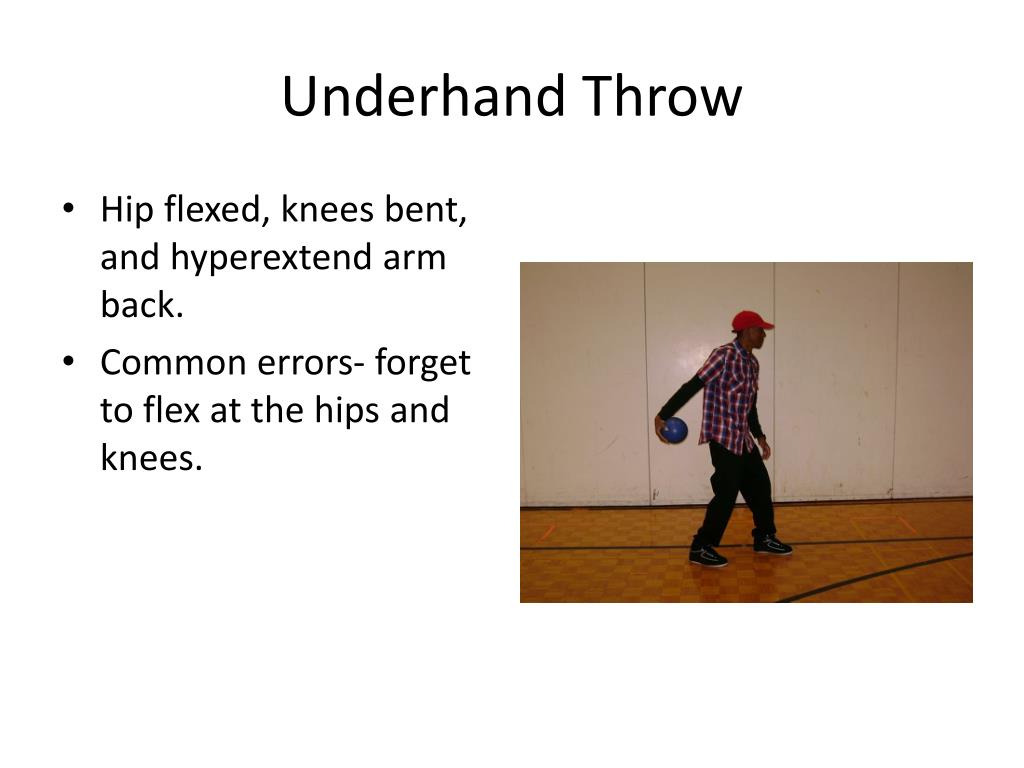

A perfect locational pitch regardless of speed will get a better out more times than not. In games where the umpire might have a loose strike zone, placing a pitch just on the outside of the strike zone will have high success. By throwing underhand, there is a lot more control and ability to put a pitch exactly where you want it. However, his accuracy might be all over the plate.

Throwing overhand will allow a pitcher to blow the ball past hitters. In terms of benefits from throwing underhand pitches, the main advantage a pitcher will have is accuracy and control. The pitching mound being elevated is also a big advantage to a pitcher when throwing overhand. Likely, a pitcher that throws underhand will not exceed a speed of 70 mph on his pitches. This gives them the ability to throw a wider variety of pitches, at a much faster velocity. Pitching overhand allows the player to take advantage of gravity and height. Throwing underhand pitches in baseball is allowed, but rarely done due to the other options at a pitcher’s disposal. There are a multiple of reasons as to why pitchers will not throw the ball underhanded. When baseball originated, throwing underhand was the norm, and pitching overhand was illegal until 1884.

Even though it is legal, you will rarely see it done. Yes, you can throw underhand pitches in the MLB and baseball in general. A big question though, is can you throw underhand pitches in baseball and the MLB? The commonly known or used pitches are all thrown overhand. Every at-bat and every pitch requires a careful strategy to make sure you get that batter out. Pitchers in baseball have a variety of pitches at their disposal. A pitch is an act of throwing the ball from the pitcher on the mound to home plate.


 0 kommentar(er)
0 kommentar(er)
